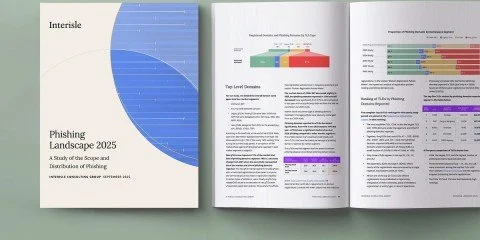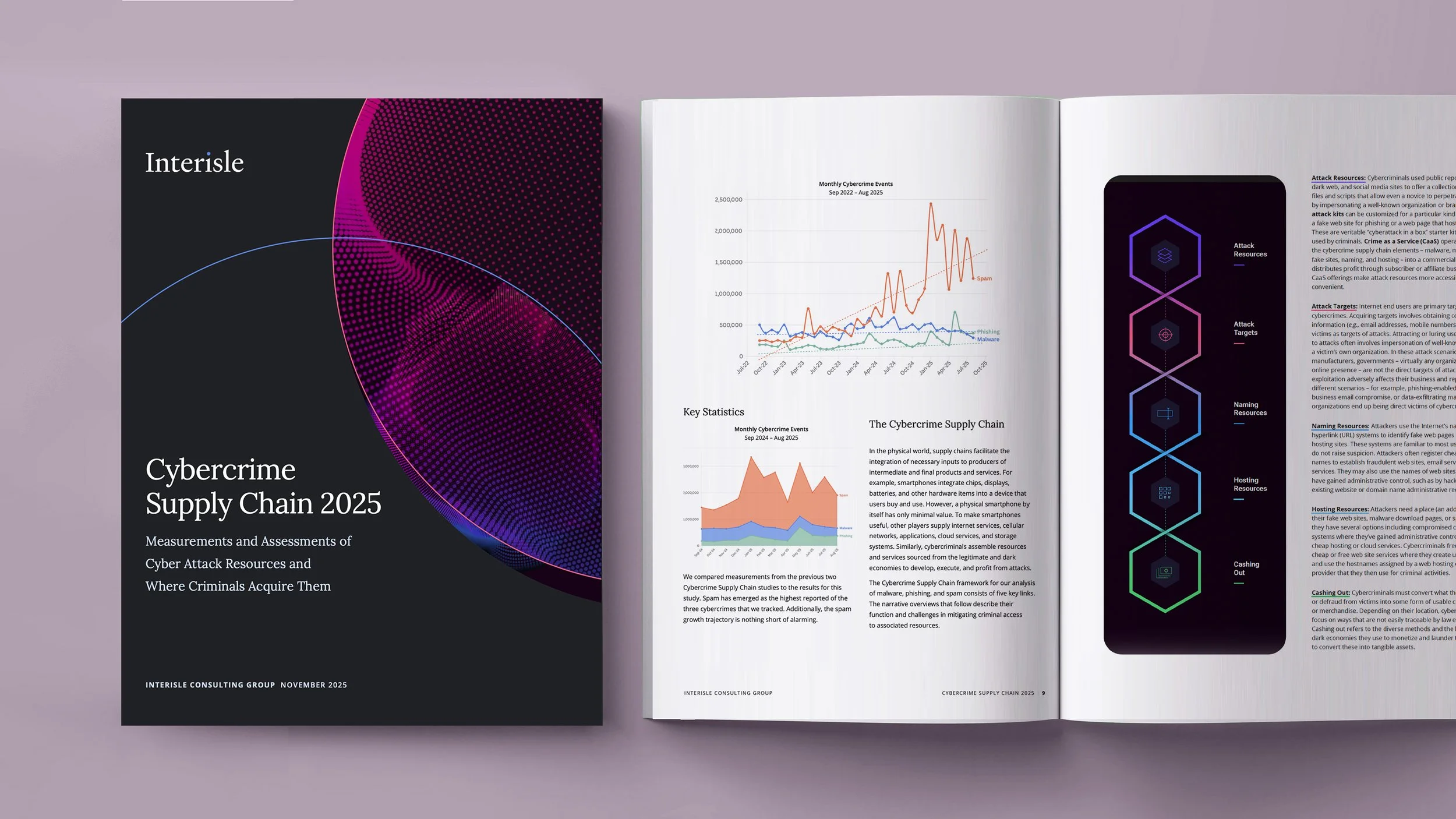
Cybercrime Information Center
Cybercrime record keeping for the Internet
Join us on Substack
And on YouTube
The Cybercrime Information Center is a repository for studies, measurements, data sets, statistics, and analyses of global security threats involving the Internet’s unique identifier systems: the Domain Name System (DNS), and the Internet’s numbering systems (Internet Protocol, IP, Autonomous System, AS).
We identify and expose domain name system (DNS) and Internet addressing systems abuse and the contexts in which it occurs—particularly those in which criminal abuse is highly concentrated. The Center's data repository will enable cyber investigators and researchers to discover where criminals obtain the resources they need to pursue their attacks and to identify and observe concentrations of criminal activity
We seek to catalyze systemic change
Analyses of our project data identify the systemic failures or shortcomings that created the opportunity for online crime to flourish. Researchers and policy-makers can then consider ways to improve the Internet systems that have been exploited for unintended and criminal purposes.




